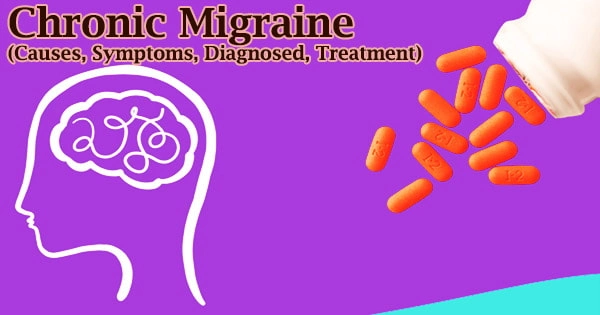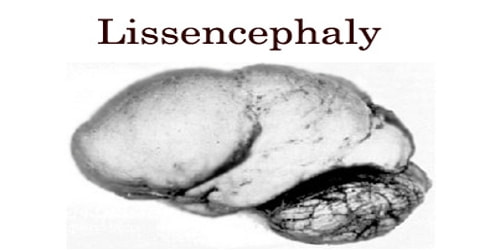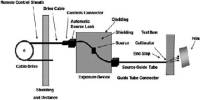The third most common disease worldwide is migraine. In fact, among the top five reasons individuals visit emergency rooms each year are headaches. Chronic migraine is characterized by at least 15 headache days per month, with at least 8 of those days exhibiting migraine-like symptoms, for a period of time longer than three months.
Less frequent headache attacks that eventually develop into a pattern of increasingly frequent headaches are how chronic headaches start. Migraine was identified as the third most common global cause of years spent with a disability in the Global Burden of Disease Study published in 2019. Sometimes the frequency of migraine attacks rises over time.
Every year, about 3% of individuals with episodic migraine develop chronic migraine. Sometimes the frequency of migraine attacks rises over time. Headache specialists categorize this transitional phase into four separate phases:
- No migraine
- Low-frequency episodic migraine (less than 10 headache days per month)
- High-frequency episodic migraine (10-14 headache days per month)
- Chronic migraine (15 or more headache days per month; meaning that people with chronic migraine have a migraine or headache more often than not)
Attacks from migraines frequently just affect one side of the head or are unilateral. Some folks say it feels like it’s pulsating or pulsing. The existing definition of chronic migraine, according to a recent study published in the journal Headache®, does not adequately account for the significant variations in patient disability.
The study also discovered that patients with 8–14 headache days per month and those with 15–23 headache days per month had comparable levels of disability. More days per month than those with episodic migraine, those with chronic migraine encounter episodes.
Causes of chronic migraine
For many patients, chronic migraine steadily worsens over time, with migraine attacks increasing in frequency. Every year, 2.5 out of 100 individuals with episodic migraine develop chronic migraine. Within two years of becoming chronic, migraines will go into remission for some persons (about 2 out of 10).
Chronic migraine develops over time due to a number of factors:
- The number of episodic headaches steadily increases over time.
- In an effort to limit the rising frequency of headaches, medications once used to treat headache episodes are now misused. Prescription pharmaceuticals that have been linked to the development of persistent headaches include narcotics (opioids/opiates) and medications that contain barbiturates, such as amobarbital (Amytal®) and butabarbital (Butisol®). The over-the-counter pharmaceuticals like Excedrin® and generic equivalents, non-steroidal anti-inflammatory drugs, and acetaminophen (Tylenol®) are the ones most frequently to blame for medication overuse headaches.
- Other factors associated with chronic migraine include:
- Obesity
- Snoring
- Mood disorders, especially anxiety and depression
- Ongoing disrupted sleep pattern
- Excessive caffeine intake
- History of severe emotional (stressful life events) or physical trauma
Symptoms of chronic migraine
Both acute and chronic migraine share the same symptoms. The only difference is that headaches are occurring more frequently. Typical migraine symptoms include:
- Head pain that is moderate to severe in intensity, worsened by physical activity/movement
- Pain on one or both sides of the head
- Throbbing pain or pressure-like pain
- Sensitivity to light, sound, smells
- Nausea/vomiting
- Dizziness
Signs an episodic migraine is transforming to a chronic migraine include:
- Having a growing number of migraine attacks
- Taking more medication because of the growing number of attacks
Diagnosing chronic migraine
Although chronic migraines can be extremely debilitating, there are therapies that can help you control your symptoms. According to the Migraine Research Foundation, women (18%) are more likely than men (6%) to experience migraines.
There is no diagnostic procedure for migraine. A thorough medical history will be taken by your doctor. The doctor will ask about:
- Your migraine pain pattern, such as when and how they start, whether they are episodic or continuous, how long they continue, and whether there are any triggers or things that make them worse.
- Your description of the pain, including its location, sensation, and severity.
- Other symptoms that accompany the pain, such as auras, lack of energy, stiff neck, dizziness, changes in vision or in senses, and nausea/vomiting.
- Your present and past medical treatments, including when and how much you take pharmaceuticals, the results, any adverse effects, and whether you utilize any alternative or complementary therapies.
- Your medical history including other health problems (especially sleep problems, depression, anxiety or fibromyalgia), family history of headache, current non-headache medications, and lifestyle choices (smoker, alcohol consumption, caffeine intake).
Treatments
With a few important exceptions, chronic migraine is treated similarly to episodic migraine. Both acute and preventative medications might be used in a therapy regimen. Additionally, there are non-drug preventive therapies including biofeedback and cognitive behavioral therapy.
Additionally, dealing with risk factors like obesity, snoring, anxiety, and depression can be beneficial. Treatment should consist of:
- Acute drugs to take at the first sign of a headache episode in an effort to stop it. To try to prevent medication overuse and the risk of medication overuse headache, it is vital to limit the number of acute medication uses.
- Drug taken in advance to lessen the frequency and intensity of headache attacks. Currently, the only FDA-approved preventative therapy for chronic migraine is onabotulinumtoxin A (Botox). Preventive treatments used for episodic migraine such as anti-seizure medications (Example: depakote, topiramate), anti-depressants (Example: amitriptyline, venlafaxine) and blood pressure medications (Example: propranolol) may also be used for chronic migraine prevention.
- Non-medication preventive treatments including biofeedback, cognitive behavioral therapy
- Addressing risk factors such as depression, anxiety, snoring, obesity, etc.
The frequency and intensity of headache attacks can be decreased with preventative medicines. The first FDA-approved preventative medication for chronic migraine, onabotulinumtoxin A (Botox), has been proven to cut the average number of headache days per month by around 50%.
Various preventive measures are accessible. Anti-seizure drugs (such as depakote, topiramate), antidepressants (such as amitriptyline, venlafaxine), and blood pressure meds (such as propranolol) are examples of preventive therapy used for episodic migraine that may also be used to prevent chronic migraine.
















